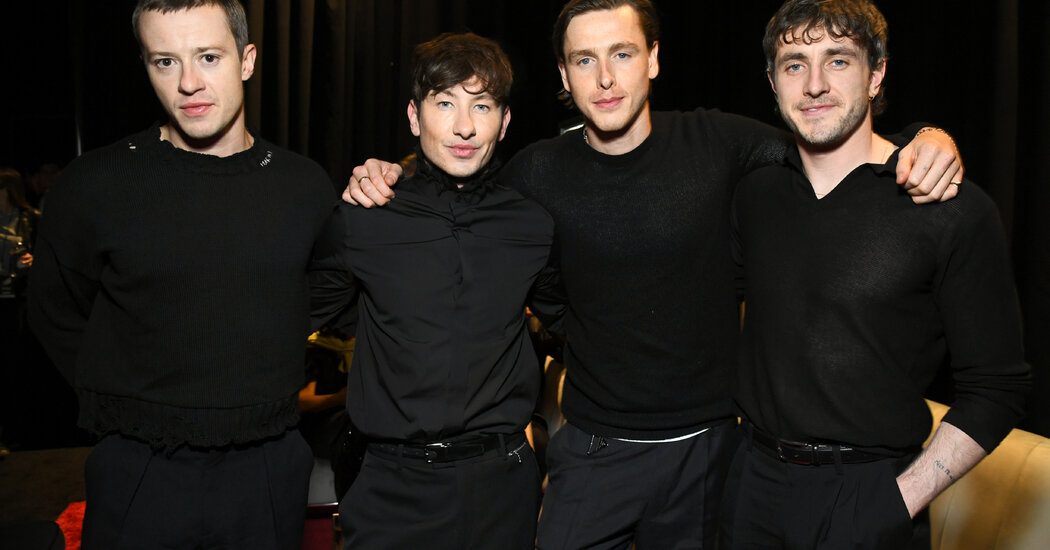Is Brittany Tomlinson a Celebrity?
Brittany Tomlinson, widely recognized as Brittany Broski, captured national attention when she went viral in 2019 for a TikTok video where she humorously tasted kombucha. This single moment propelled her into the spotlight, leading to a Super Bowl advertisement, the launch of two popular podcasts, high-profile red carpet interviewing opportunities, and even the beginning of a music career with her cover of Harry Styles’ hit song “Adore You.”
However, despite her rise, Tomlinson is not necessarily a household name—unless you’re part of the TikTok community. As the realms of micro news cycles and social media influencers increasingly intersect with mainstream media, the distinction between fleeting fame and enduring celebrity has become increasingly blurred. Identifying who qualifies as a true celebrity can often feel like a full-time job.
This is precisely the mission of Bobby Finger and Lindsey Weber, the hosts of the podcast “Who? Weekly.” As seasoned pop culture journalists, they dive into the complex celebrity gossip landscape, categorizing individuals into two distinct groups: “who” for those striving to achieve fame and “them” for established celebrities who are widely recognized.
Weber noted, “These days, it’s easier than ever to become a ‘who.’ Almost everyone has at least a thousand devoted fans. You don’t need to be a global superstar to cultivate a dedicated audience.”
The podcast, which has been entertaining listeners since its inception in 2016, serves as a weekly roundup of developments surrounding notable “whos.” It also excels at dissecting who exactly qualifies as a “who.” Recent episodes have examined the celebrity status of various figures, including actor Jason Isaacs, who gained attention for his candid and somewhat awkward remarks regarding his nudity in the popular HBO series “The White Lotus.” Another featured subject was Yaya DaCosta, a former contestant from “America’s Next Top Model,” who addressed contemporary viewers’ critiques of that reality television show. While both stories are intriguing, they certainly don’t dominate the front pages of major news outlets.
Weber and Finger emphasize that the recent rise of influencers and viral meme subjects has brought them to a level of visibility that is now comparable to that of traditional actors and musicians. This shift signifies a major transformation in how we perceive and categorize fame in the modern landscape.




